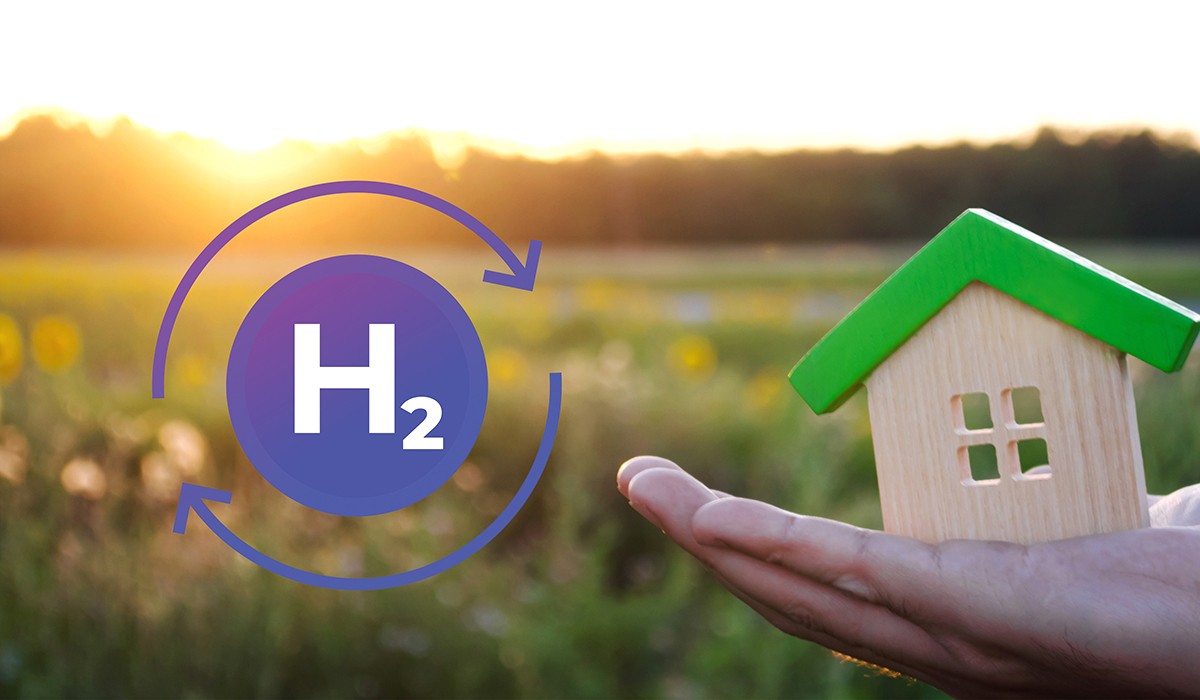
Hydrogen is now coming to both homes and businesses, in the hopes of providing a green alternative for heating homes and cooking while reducing the use of natural gases.
These revolutionary green energy trials happening around the world could help greatly reduce carbon emissions as well as set the groundwork for a green hydrogen economy by integrating hydrogen into existing systems and working with other renewable energy sectors like solar and wind. Here are a few examples of how hydrogen technology could be used to power local grids:
Scotland
An energy firm in Scotland, SGN, is working to build the world’s first renewable hydrogen network to power more than 300 homes. This is an important first step in exploring hydrogen as a renewable alternative to inefficient gas boilers and will provide a model for decarbonizing heat across the rest of the UK.
ENGIE Eye
ENGIE is also working with partners to incorporate hydrogen into natural gas distribution networks with the demonstrator “GRHYD” project in the northern French city of Cappelle-la-Grande, which could help France meet its goal of 32% renewable by 2030. The project demonstrates the practicality and adaptability of hydrogen as an alternative energy solution.
Green hydrogen is produced by converting excess generated energy from renewable sources.